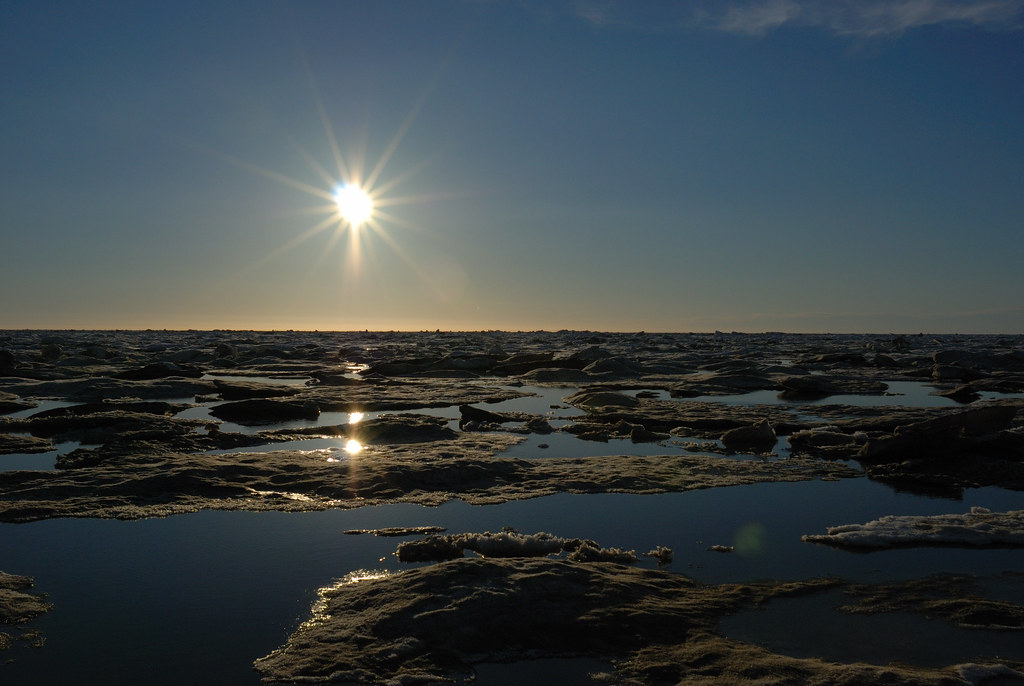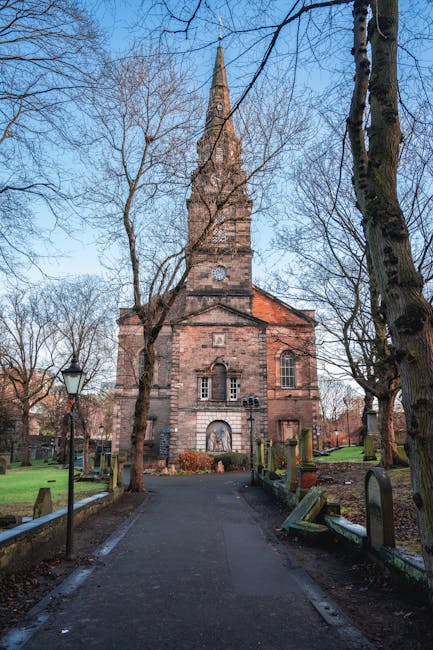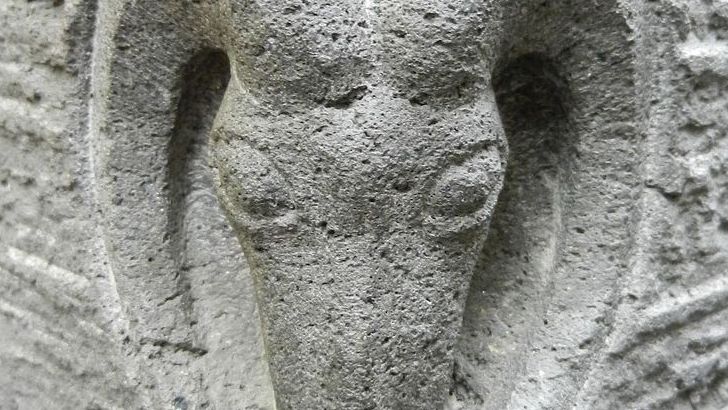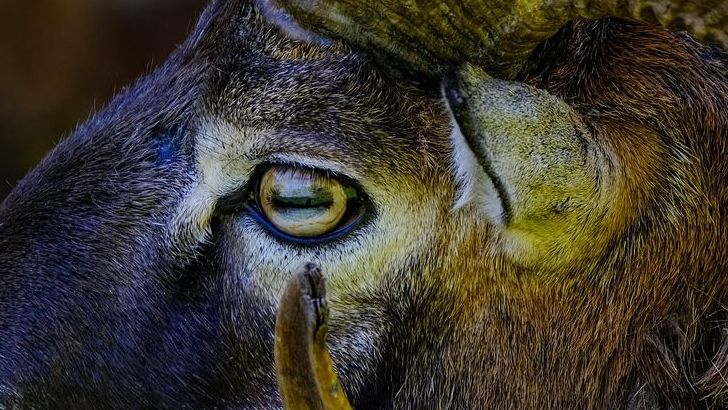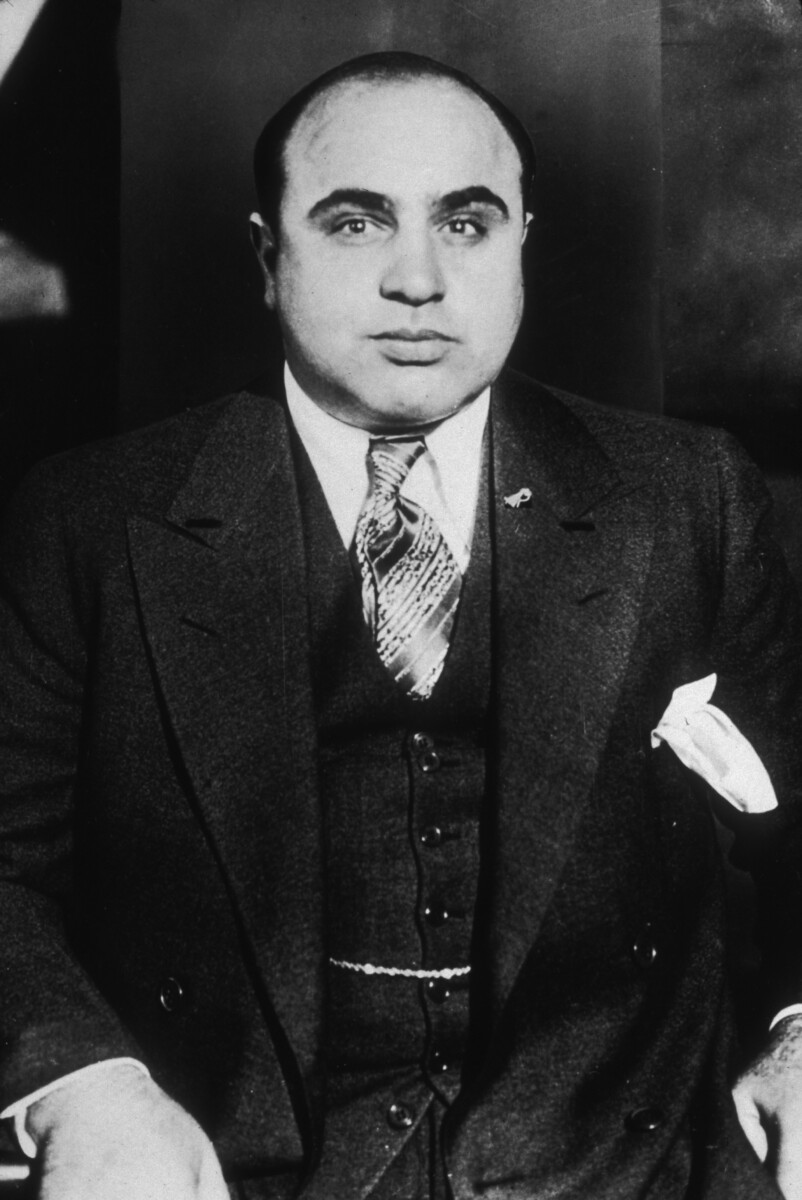The Science Behind Alaska’s Endless Daylight
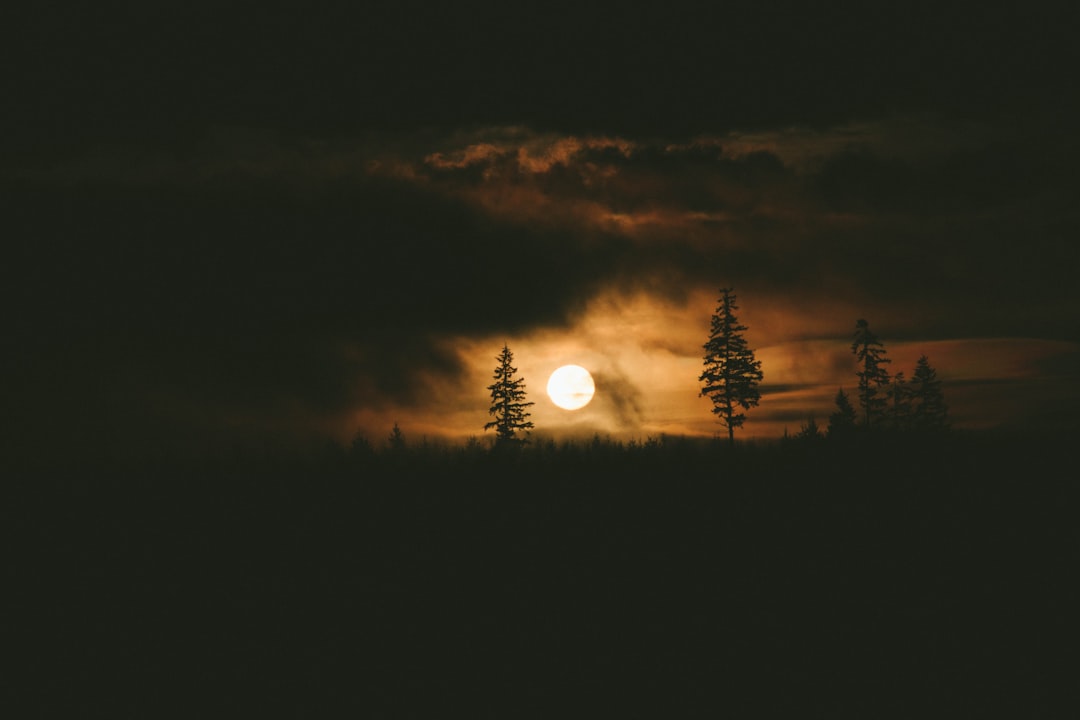
Picture this: it’s midnight, and you’re walking outside in broad daylight, checking your phone to make sure you haven’t lost track of time. Welcome to Alaska’s midnight sun, a phenomenon that sounds like something from a fairy tale but happens every single year. The midnight sun, also known as Polar Day, isn’t magic; it’s a natural occurrence that’s all about Earth’s tilt and proximity to the North and South Poles, with our planet tilted at 23.4 degrees on its axis. During summer months in the Northern Hemisphere, this tilt causes the North Pole to face toward the sun for extended periods.
Alaska experiences up to 24 hours of sunlight from the end of April through mid-August, with the longest day being the summer solstice on June 21, and in Utqiaġvik, the northernmost city, the sun rises on May 10 and won’t set until August 2 for 85 straight days. It’s like nature hit the pause button on nighttime, creating a surreal world where your internal clock gets completely confused.
Where the Sun Really Never Sets
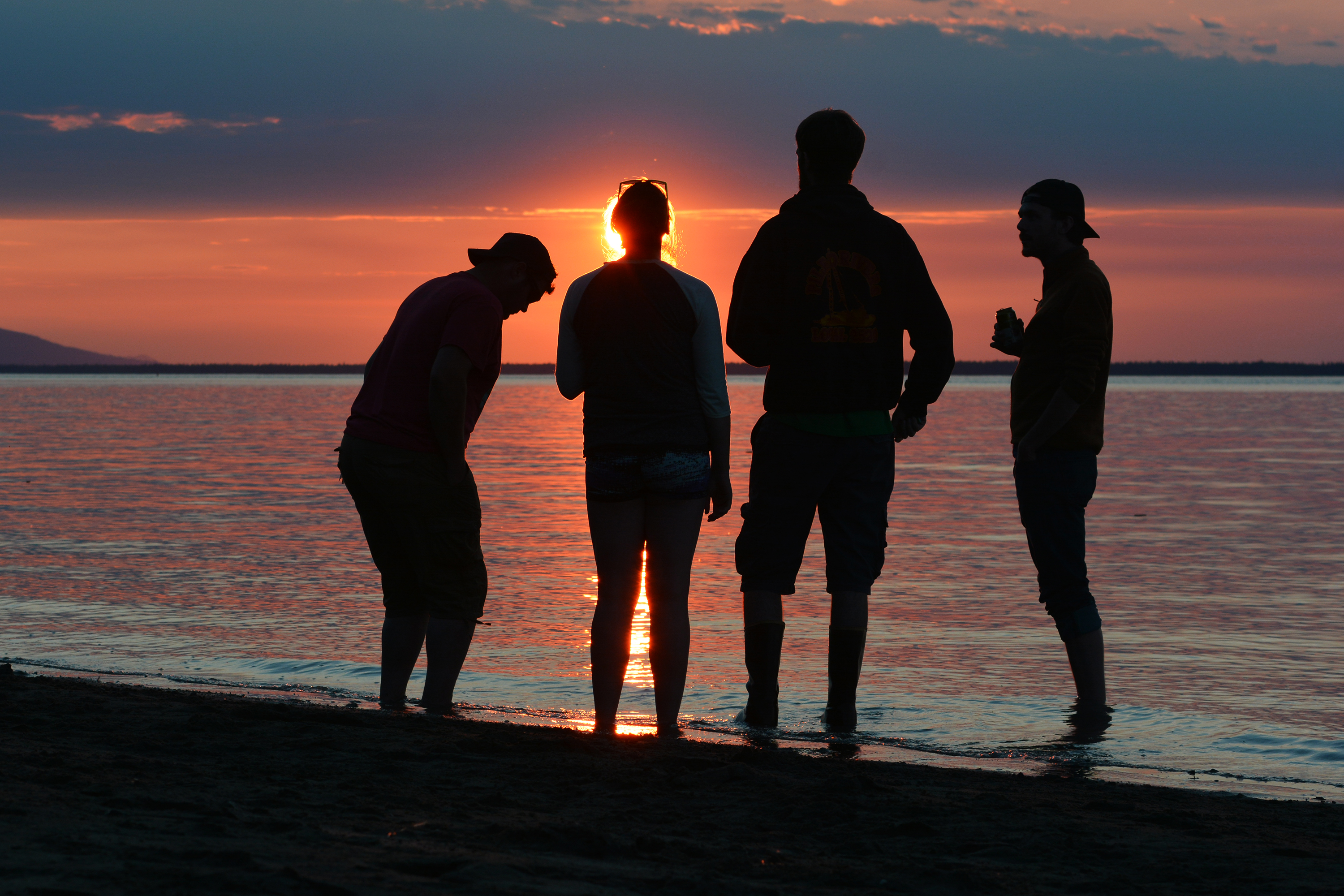
In Utqiaġvik, Alaska, residents are preparing for an extraordinary annual event where on Monday, 18 November 2024, at 1:27 p.m. AKST, the sun set for the final time that year, plunging the town into 65 days of darkness. But that’s just winter—summer tells a completely different story. From May 11 to August 1st, 2025, the town enters “polar day” or the “midnight sun” period, where the sun never sets, and residents use blackout curtains and sunglasses even at “night” during this time.
In the northernmost city in the United States, the sun won’t dip below the horizon between May 10 and August 2—a whopping 84 days, with Utqiaġvik located on Alaska’s North Slope at 71.29°N latitude, more than 300 miles north of the Arctic Circle. Think about that for a moment—nearly three months without a single sunset.
Different Cities, Different Experiences
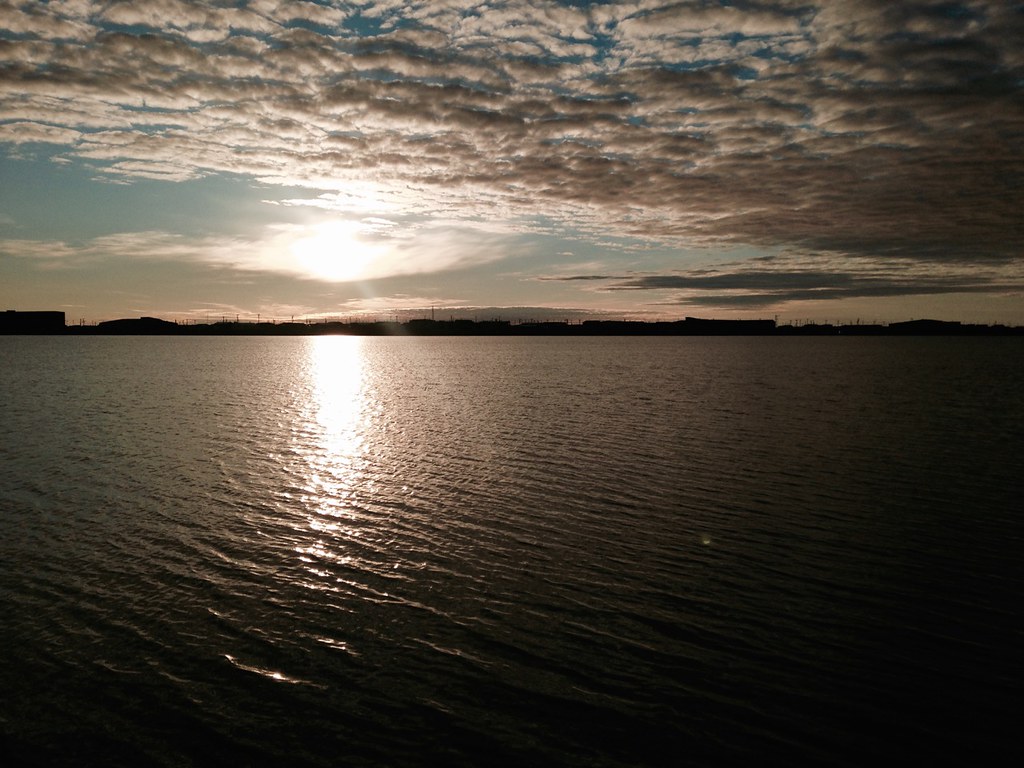
Not all of Alaska gets the same midnight sun treatment, and the differences are pretty dramatic. Fairbanks sees 24 hours of daylight for 70 days, from mid-May through mid-July, while in Southcentral communities like Anchorage, 16-19+ hours of daylight from May to July means hiking, fishing, and gardening into the late hours is common. It’s like having different time zones, but for sunlight instead of clocks.
In Fairbanks, the sunrise on the summer solstice is at 2:59 a.m. and sunset is at 12:47 a.m. the next day, with those two hours between being basically dusk or dawn because it never actually gets dark, occurring from May 17 through July 27. Even in places that technically have a sunset, it’s more like a brief intermission than actual nighttime.
The Sleep Challenge That Keeps Everyone Awake
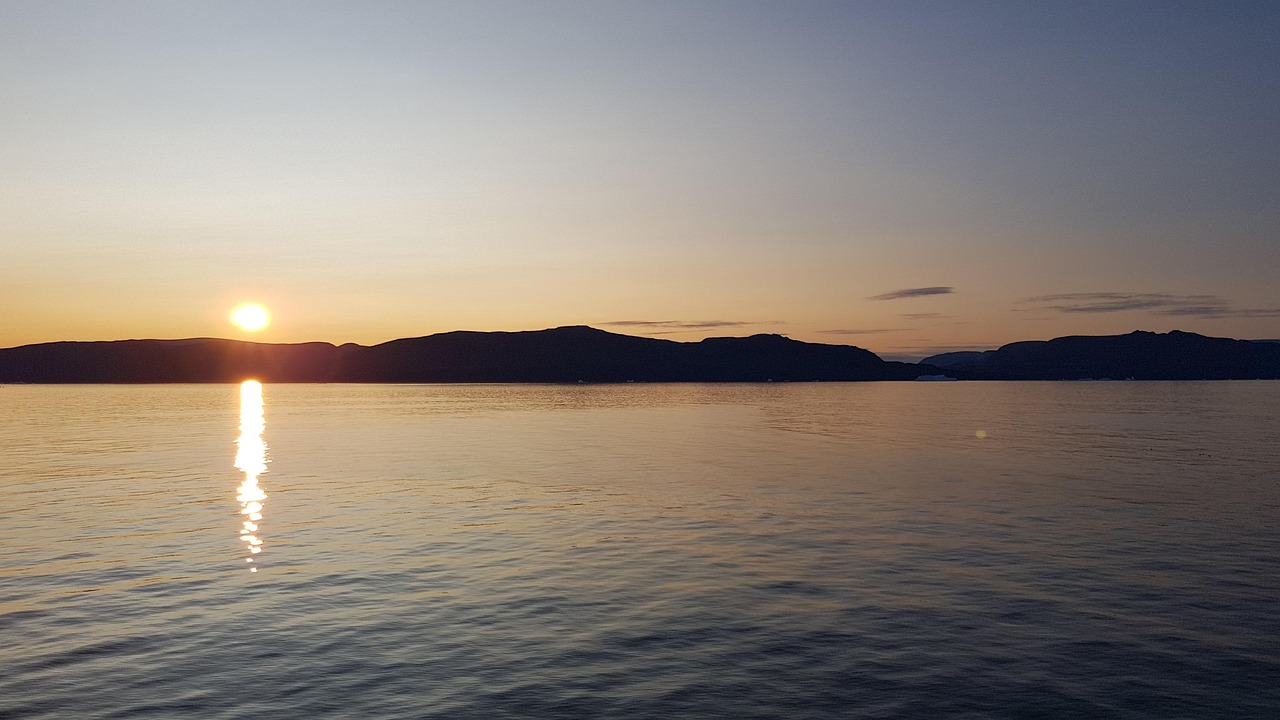
Trying to sleep when it’s bright as day outside isn’t just difficult—it’s downright disorienting. Sleeping under the midnight sun for Alaska residents can be challenging, with the impact on mental and physical health being significant, leading to depression, anxiety, irritability, restlessness, and other issues. Your body’s internal clock, which relies heavily on light cues, gets completely thrown off track.
Nearly half of Alaskans (46.27%) use blackout curtains, and about a quarter (25.87%) use sleep aids to help them sleep, with almost half saying they sleep more during the winter. Bodies can become disoriented easily, even after only a few days of staying up late to bask in the midnight sun, making it crucial to set a sleep time and wake up around the same times each morning.
Mental Health Effects: More Than Just Tired Eyes

The psychological impact of constant daylight goes way beyond just feeling tired. For about 10 percent of the Alaska population, the consequences of extended darkness go beyond a spreading waistline, with these people suffering from Seasonal Affective Disorder (SAD). But here’s the twist—the midnight sun creates its own set of mental health challenges too.
People report feelings of jetlag during the transitional weeks between these two extremes, feeling unusually tired or foggy-brained, but when sunlight finally comes back in full force during early spring, many report “spring mania,” extra happiness, and a sense of energy. One study of 283 randomly selected Fairbanks residents found that 9.2% met the diagnostic criteria for SAD, with women more likely to display symptoms than men and those under 40 reporting higher rates.
Practical Coping Strategies That Actually Work

Alaskans have developed some pretty clever ways to deal with their topsy-turvy light cycles. Setting a routine is crucial, and many invest in blackout curtains for bedrooms and maybe even the rest of the home if they need to get up for the bathroom or a late-night snack. It’s like creating your own artificial night in a world that forgot how to get dark.
Winding down with relaxing activities helps cue bodies to prepare for sleep, including relaxing with a book, taking a cold shower, turning off cell phones and other devices, or wearing sunglasses indoors when winding down to block sunlight leaking in. Some folks even tape foil or heavy trash bags over windows—whatever it takes to trick your brain into thinking it’s bedtime.
The Unexpected Joy of Midnight Adventures
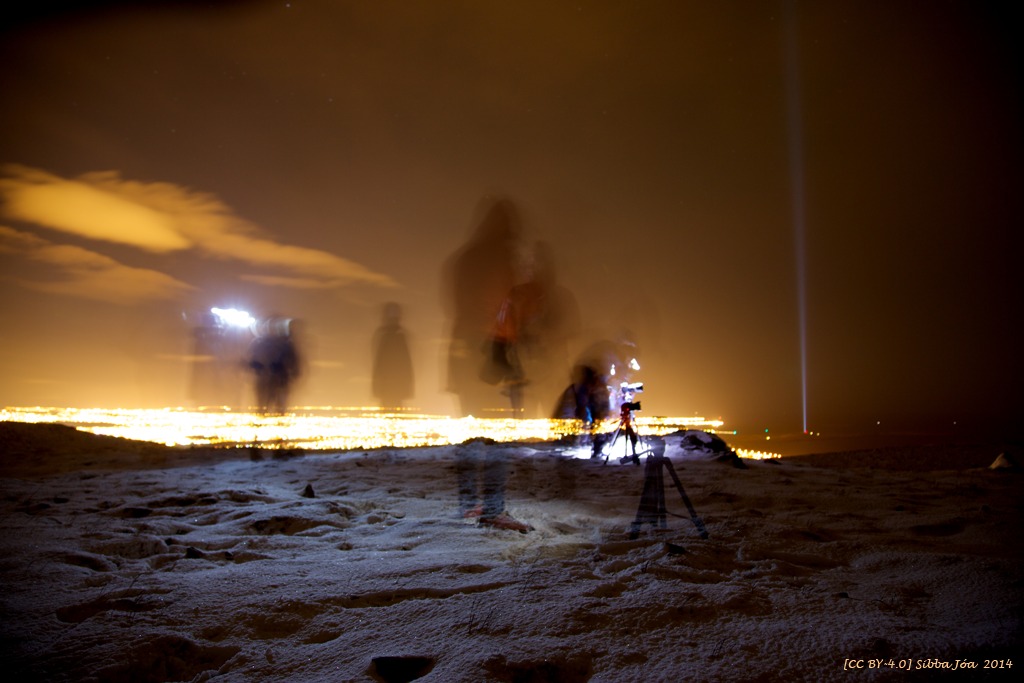
In 10-plus years in Alaska, not once has anyone heard an Alaskan say they don’t like the long days, and it’s not uncommon to hear a lawnmower running or kids playing outside at 11 p.m. Think about that—children playing outside at what would normally be bedtime in most of the world. The Alaska day length means any activity people want to do is only limited by their schedules, with people hiking during overnight hours and seeing other hikers doing the same.
Many Alaskans embrace the season by launching a hike or adventure after dinner, gardening until midnight, or fishing all night—and if you want to stay up, just do it. It’s like having an extra day’s worth of time packed into every 24-hour period.
Agriculture Gets a Boost from Endless Sun
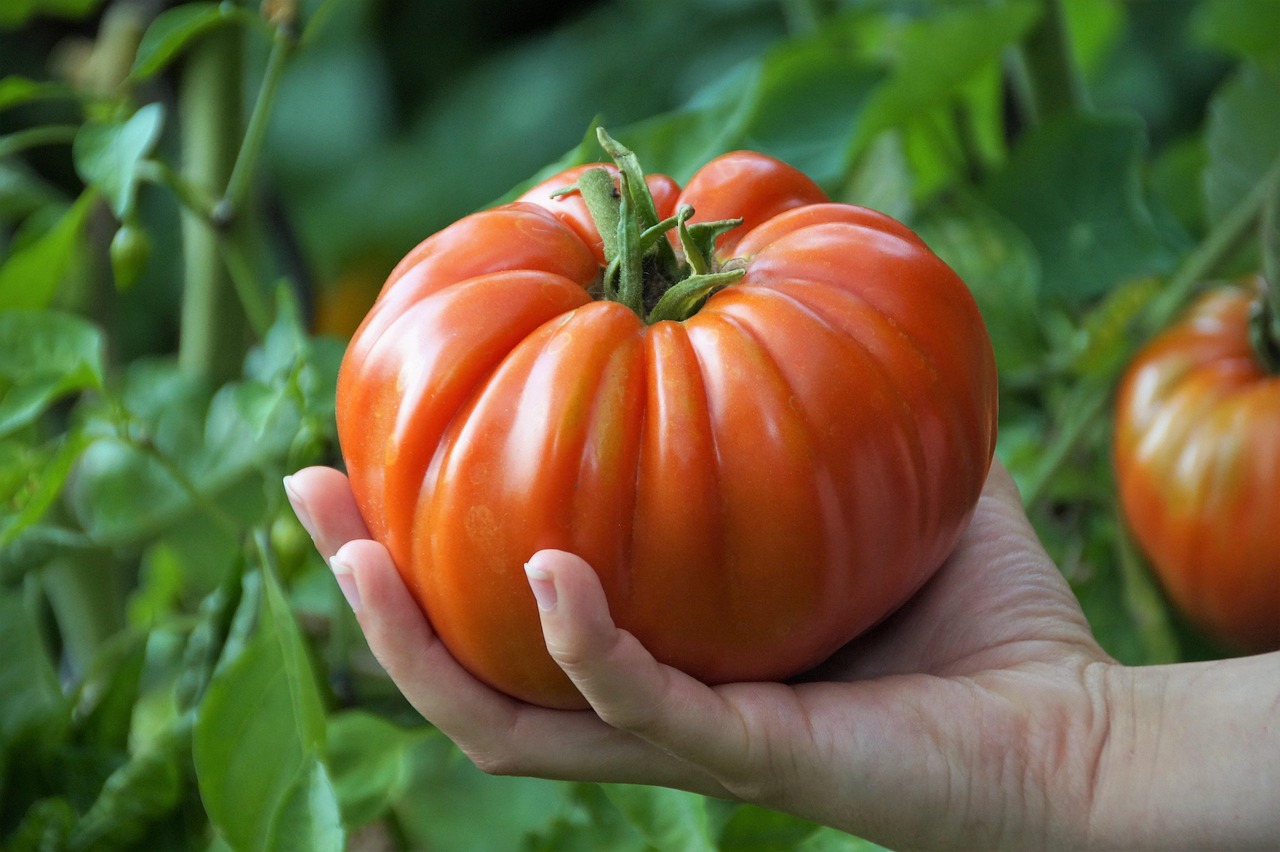
Here’s something that might surprise you: Alaska’s endless summer sun creates some seriously impressive gardens. The long hours of sunlight create quite a bounty during spring and summer months, with some of Alaska’s produce growing huge—Alaska has won world records for their 76-pound rutabaga and 127-pound cabbage. Imagine trying to carry a cabbage that weighs as much as a large dog!
Fairbanks’ everlasting summer sunshine creates amazing growth, making local farmers markets truly extraordinary places to buy vegetables, with food stalls offering Vietnamese, hippy tacos, Alaskan meat sausages, and Thai cuisine. When your vegetables get 20+ hours of sunlight daily, they tend to go a little overboard with the growing.
Cultural Celebrations and Midnight Sun Festivals
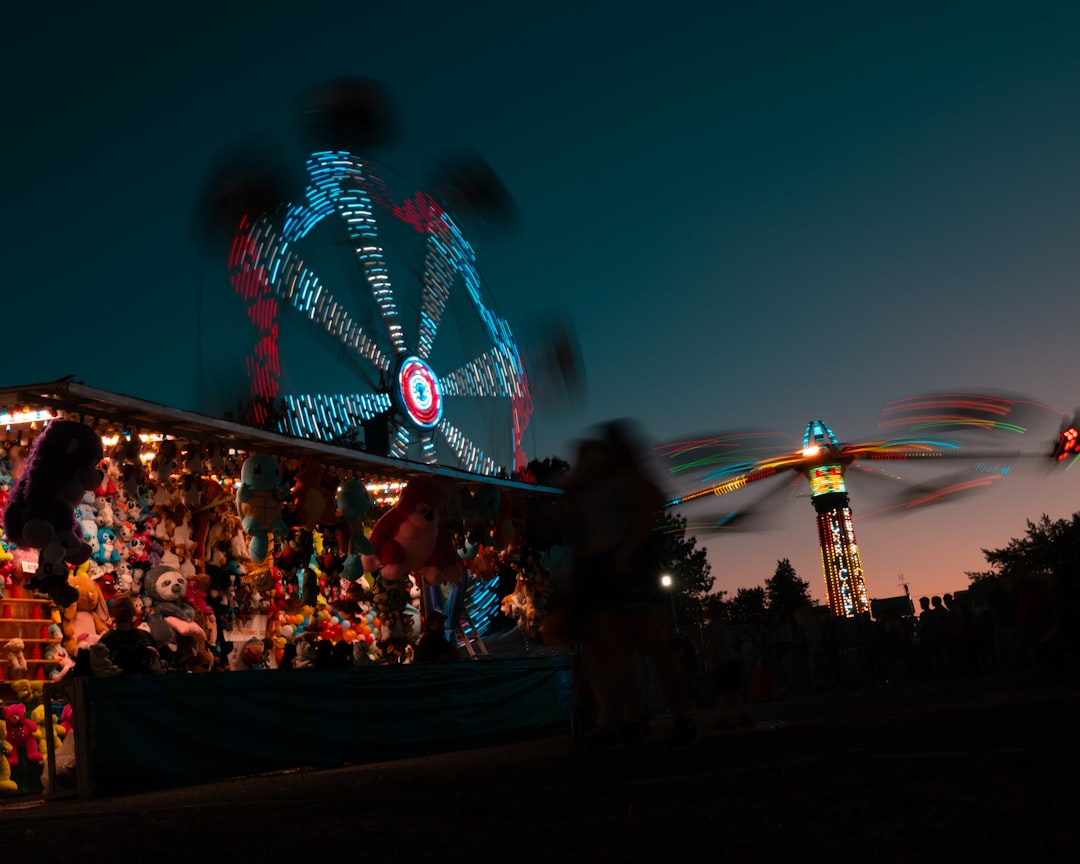
Alaskans know how to party when the sun won’t quit. Fairbanks hosts a 12-hour block party held in late June around the summer solstice that’s one of the most popular festivals in the state, featuring live music, booths selling crafts and artwork, and food trucks. The Midnight Sun Baseball Game starts at 10:00pm on solstice evening, where you can watch the Alaska Goldpanners play an entire game under the midnight sun without artificial light.
In Utqiaġvik, Alaska Native Iñupiaq culture takes center stage during the Nalukataq Whaling Festival in mid-June, where locals gather to share whale skin and blubber, caribou, seal, homemade soup, traditional song and dance. These celebrations turn what could be a disorienting experience into something to actually look forward to each year.
The Flip Side: When Darkness Rules
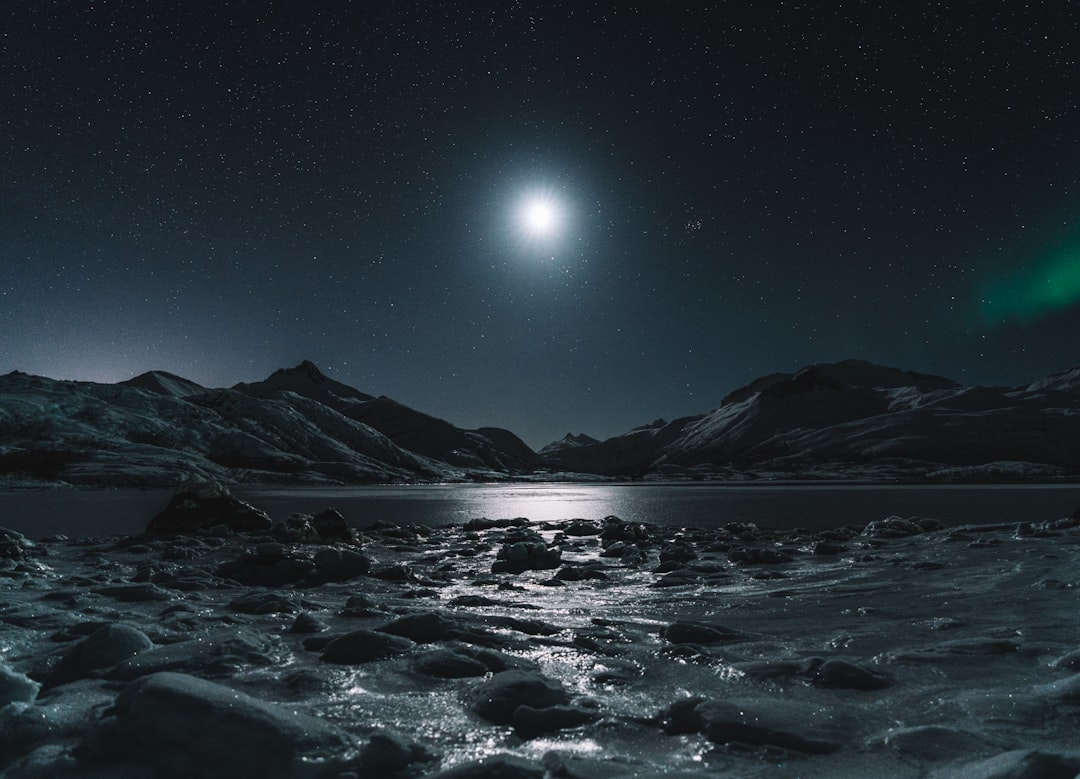
To truly understand Alaska’s midnight sun, you need to know about its polar opposite. The sun sets at 1:27 p.m. local time on November 18, and won’t reemerge until January 22, 2025, rising at 1:15 p.m. in the south and setting just 48 minutes later. The months of darkness contribute to a brutal, unforgiving climate where one-quarter of all days don’t go above zero degrees, and temperatures breach freezing only 37 percent of the time.
This extreme darkness can significantly impact residents’ mental and physical health, with many relying on vitamin D supplements and light therapy lamps to mitigate the effects of prolonged darkness. It’s like nature’s ultimate test of human adaptability—first endless light, then endless darkness.
How Bodies and Minds Adapt to Extremes
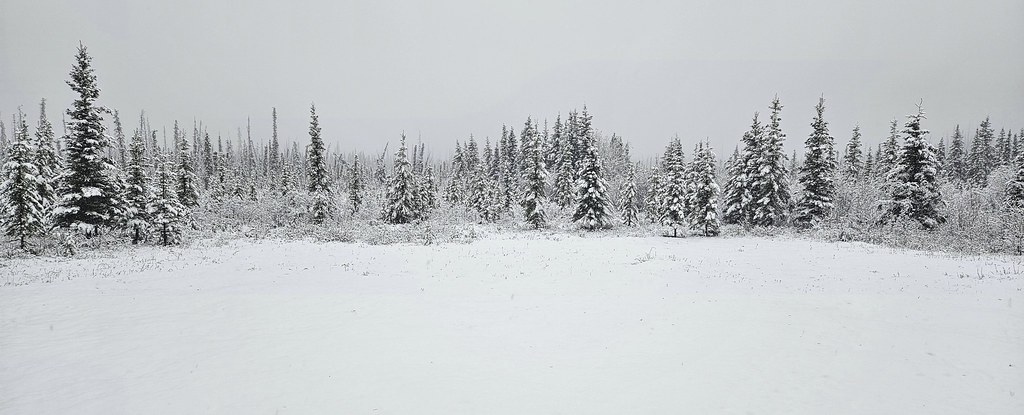
Nearly half of respondents (44.8%) said the extreme sunlight in summer doesn’t affect their sleep quality and schedule at all, with Alaskans seeming to take the extremes of light and dark in stride, employing necessary interventions as needed. The human capacity for adaptation is pretty remarkable when you think about it. Some argue that people can adjust their sleep and social habits effectively, while others emphasize that adaptation can take time and may still result in adverse psychological effects.
One commonality for all who dwell in Alaska is they have all felt the effects of shorter daylight hours, with Alaskans experiencing biochemical changes in their brains due to huge seasonal shifts. Your brain literally changes its chemistry to cope with these extreme light conditions.
Why Some Love It and Others Leave
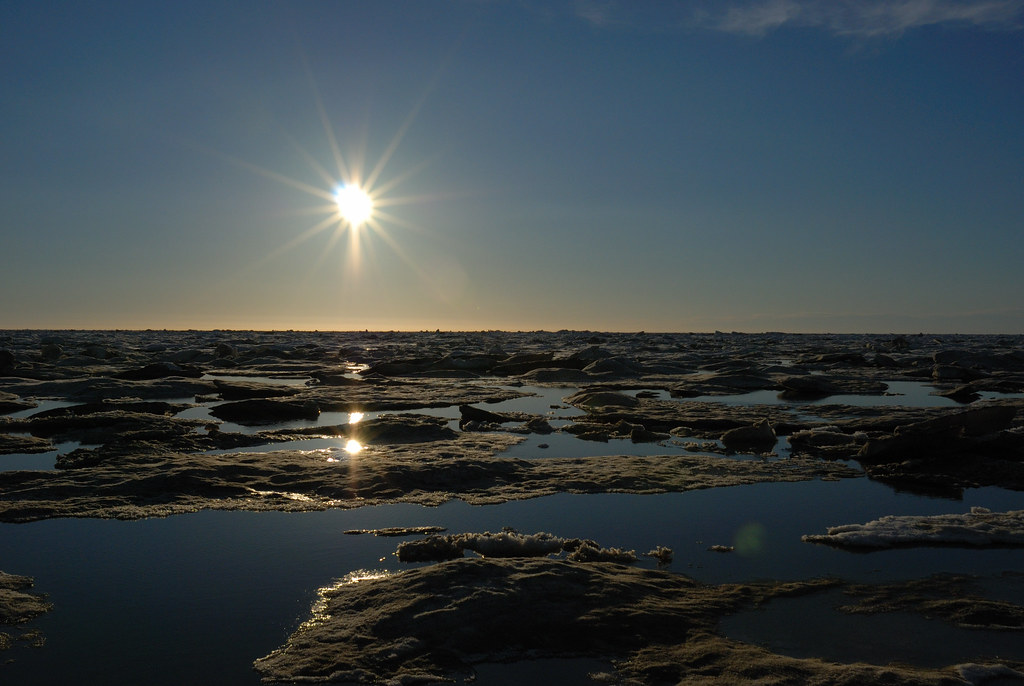
There are people who cannot handle the lack of light and changes in weather, with some staying only for the summer, while others embrace the quirkiness of Alaska’s seasons and learn to love them. When one climatologist traveled to Washington D.C. and New York City, the overnight darkness was unsettling, making him feel cheated that there might be things he couldn’t do because it gets dark at night.
Alaskans cherish the long summer days that offer a burst of energy and activity after long winters, but sometimes all that sunlight makes it hard to sleep. It’s a trade-off that defines life in the Last Frontier—you get incredible natural phenomena, but your sleep schedule might never be the same.
The midnight sun phenomenon isn’t just about Alaska showing off its geographic extremes. It’s about human resilience, adaptation, and finding ways to thrive in conditions that would challenge anyone. From blackout curtains to midnight baseball games, Alaskans have turned what could be a disorienting experience into a unique way of life that celebrates both the endless light of summer and the profound darkness of winter. Who knew that never seeing a sunset could teach us so much about what it means to be human?

